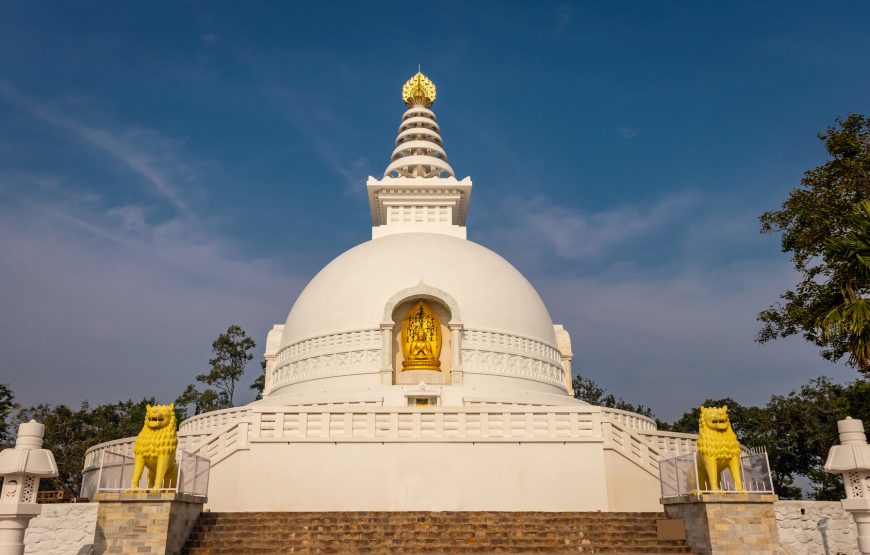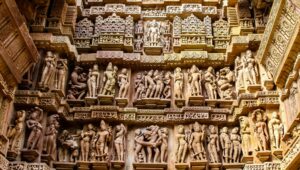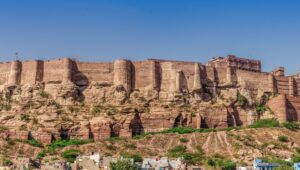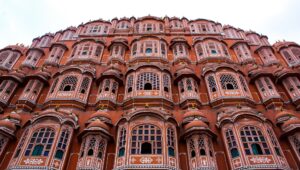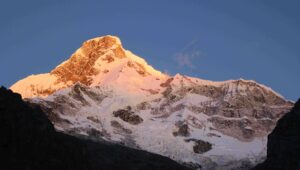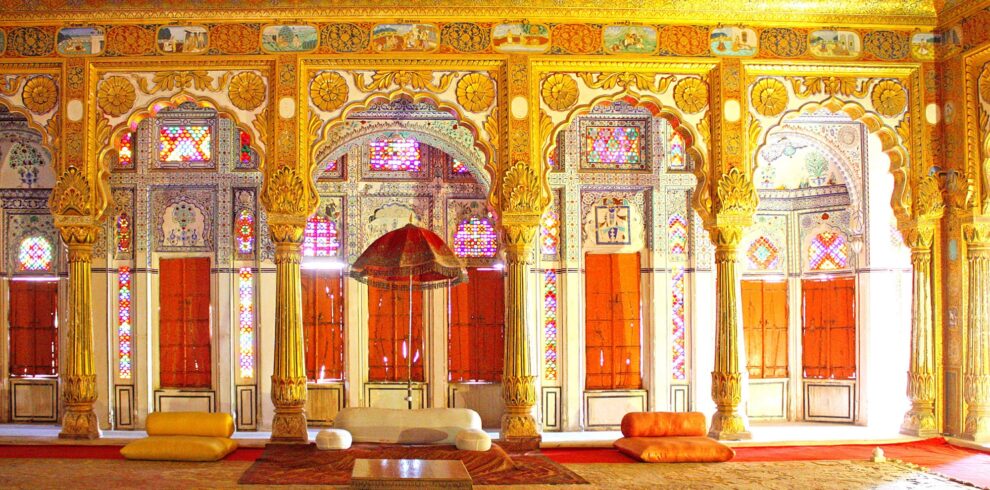Overview
Experience a profound 9-day journey on the Buddha Enlightenment Tour, exploring essential Buddhist destinations. Start in Bodhgaya, where Buddha achieved enlightenment, then visit Rajgir and Nalanda, crucial Buddhist centers. Travel to Patna, Vaishali, Kesariya, and Kushinagar, each significant to Buddha’s life. Continue to Lumbini, the birthplace of Buddha, and Sravasti. Finish with visits to Varanasi and Sarnath, where Buddha’s teachings flourished.
Highlights
- Sravasti: Site of Buddha’s miracles.
- Varanasi: Significant city in Buddha’s life.
- Lumbini: Birthplace of Buddha.
- Kushinagar: Place of Buddha’s final Nirvana.
- Kesariya & Vaishali: Important Buddhist sites.
- Nalanda & Rajgir: Historic Buddhist centers.
- Bodhgaya: Buddha’s enlightenment site.
Itinerary
Arrive at Gaya airport and transfer to Bodhgaya. This city is where Prince Siddhartha achieved enlightenment under the Bodhi Tree, marking his transformation into Buddha—the enlightened one.
Bodhgaya is the site where Buddha began his mission to spread peace and nirvana. It is home to numerous monasteries and temples dedicated to Buddhism, creating a deeply spiritual and meditative atmosphere. As the most significant pilgrimage site for Buddhists worldwide, Bodhgaya offers a profound experience of Buddhist teachings. Overnight stay.
Spend the full day exploring Bodhgaya. Visit the Mahabodhi Temple, originally built by Emperor Ashoka 250 years after Buddha’s enlightenment. Reconstructed in the 7th century A.D., the temple has endured invasions, including destruction by Muslim invaders in the 12th century. It was restored by Burmese kings in the 14th century, and after being buried under silt, it received extensive restoration following excavation in 1861.
The temple’s main attraction is the Bodhi Tree, under which Buddha meditated for a week after his enlightenment. Although the current tree is a descendant, it is one of the oldest and most revered trees in the world. A shoot of the original tree was taken to Sri Lanka in the 3rd century B.C. by Bhikkhuni Sangamitta, and it is still thriving at the Mahavihara monastery in Anuradhapura.
In addition to the ancient remains, explore temples and monasteries built by various Buddhist countries, including Thailand, China, Sri Lanka, Japan, Korea, Nepal, Taiwan, and Bhutan. Overnight stay.
Morning: Depart for Kushinagar, with an enroute visit to Vaishali. This site is significant in Buddhism as Lord Buddha delivered his last sermon here and visited multiple times after his enlightenment. Vaishali was once the capital of one of the earliest republican states and is where Buddha instructed his disciple Ananda to gather the monks and announce his impending Mahaparinirvana, urging them to spread Dharma for global happiness.
Continue to Kesariya, formerly known as Kesaputta, where Buddha's pre-enlightenment teacher, Alara Kalama, is said to have resided. Buddha is also connected to Kesaputta, where he delivered the important Kessaputtiya Sutta (Kalama Sutta). The Kesariya Stupa honors the place where Buddha spent his final days before attaining Nirvana.
Proceed to Kushinagar, a must-visit for Buddhist pilgrims. It was here that Buddha gave his final sermon and attained Nirvana. Although few ruins remain from the Mallas dynasty era, Ashoka the Great built several structures in Kushinagar.
Arrive and check in at the hotel.
Include
- Breakfast.
- Private Air Condition Transport.
- Sightseeing Tours.
- Hotel Accommodation.
- Toll Tax, Parking & fuel etc.
- Pick-up & Drop-off.
Excludes
- Lunch/Dinner
- Any type of monuments charges
- Any type of drinks
- Any type of personal Expenses
- Any type of flight ticket is not included.
- Nepal Visa Charge is not included.
